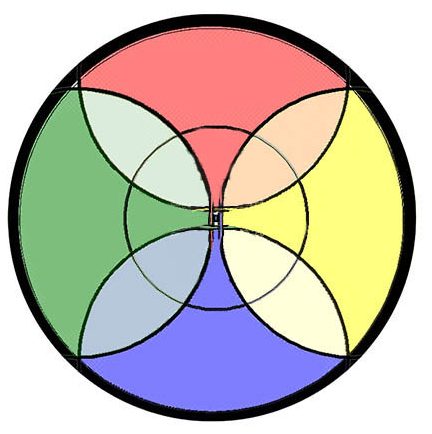– more than just attention grabbers
How many times have you heard the expression “A picture is worth a thousand words”? It is true, a picture of or an actual cup of water will grab peoples’ attention. It will help them engage with a talk, or exposition of scripture. It is also true that low quality pictures, dated graphics, or a dependency on free clip art can communicate unintended and sometimes negative messages. This is especially true for the swipe generation who have grown up with smart boards in their classroom and the industrialised use of imagery for advertising.
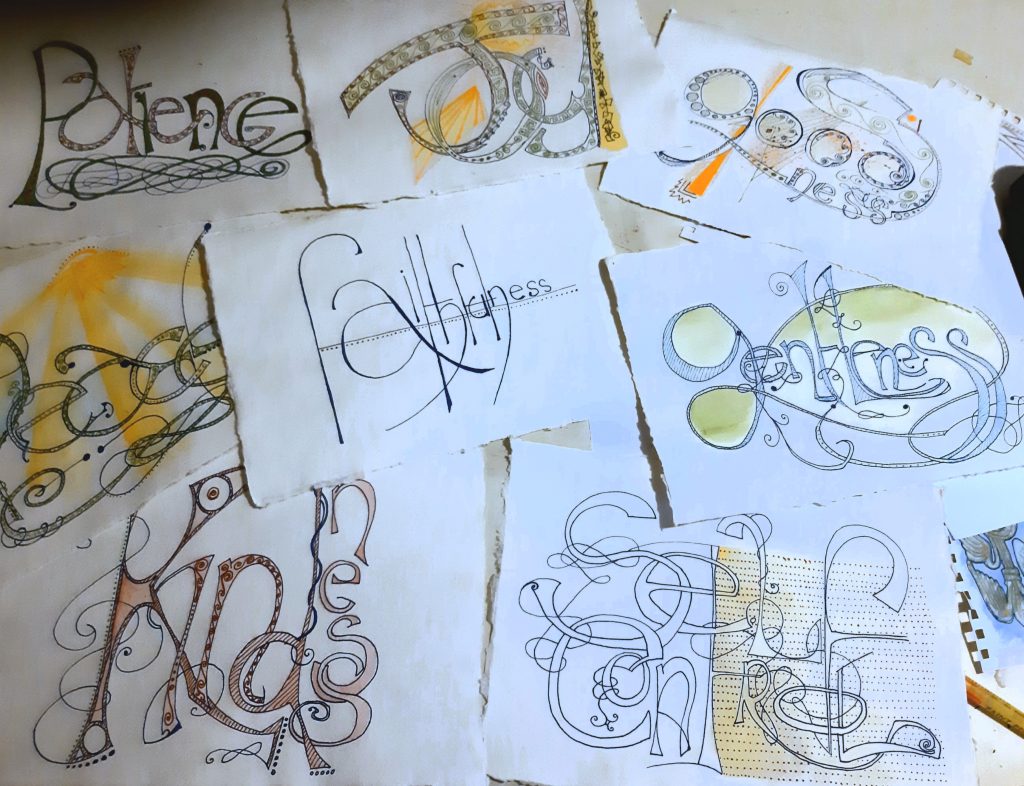
This is not just a stylistic shift. A further challenge for those wanting to develop Sensing Spirituality is how can you go beyond just grabbing someone’s attention, and use pictures and objects really effectively? To access the full worth of a picture they need to be used in ways which help people engage with truth that texts alone cannot provide. Kinesthetic learning, immersive experiences and the arts in general can communicate in ways which are more than just propositional statements and Dogma-like creeds.
The following section examines different approaches to the use of water in a prayer. They are all based on the phrase “Living Water” as used in John Chapter 4
Living water.
Going beyond analogy #SensingMystery
In John’s account Jesus is reported as describing himself as living water. What can we learn about God through playing with water? As you read this, find a glass of water, or better still a jug and a bowl as well.
Look at the water and anticipate your experience of it. What do you expect when you try to pick up water? How does picking up water compare with picking up soil, air, rock or fire?
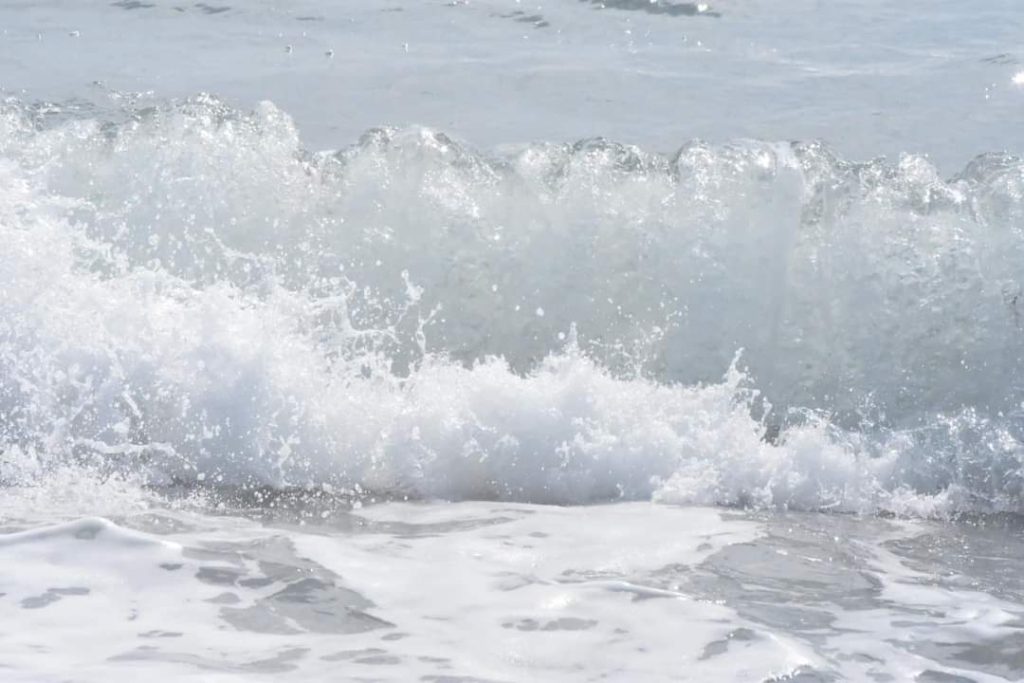
Preparing your mind can help you remain mindful of what you are experiencing. Be aware of the danger of disassociating yourself from the moment and falling into the trap of experiencing your life as an onlooker. As you are reading this, you are probably engaging with it critically. This makes use of your ability to reason, and to compare the opinions presented in it with the rest of your experience and trusted bank of knowledge. These are all useful skills, and the ones promoted by academic education. However, when you pick up the water and play with it you can use other skills. It is an opportunity to sense beauty, to imagine and remember other experiences of water, to experience rather than analyse the moment.
This is not a competition! There is joy and wonder to be found in both experiences of water. Critical analysis of the behaviour of water helped engineers discover steam power. Play, wonder and mindful experience are ways to develop real life experience, This can then be enriched using questions and by drawing in knowledge gained through critical evaluation or through stories and texts. Examples include the ‘wondering questions’ from Godly play, or techniques such as those taught by St Ignatius. It is also important to remember that prayerful reflection on a text only becomes more than an English language interpretation exercise when we allow ourselves to wonder.
Stop reading! Pick up the water and play with it. Pour it out, drink it? Feel its temperature… then think of words which describe, or fail to completely describe the experience; the sensation and your response to it.
What have you learned about water and your relationship with it?
Exploration through analogy #SensingOtherness
“Living a spirit-filled life is like pouring water into a jug. The jug can be full of water, and although you know it’s full, it’s not until the water starts pouring out and being refilled again that you sense the movement, bubbling, and overflowing of the water”. – Words to use while pouring water as a visual aid.
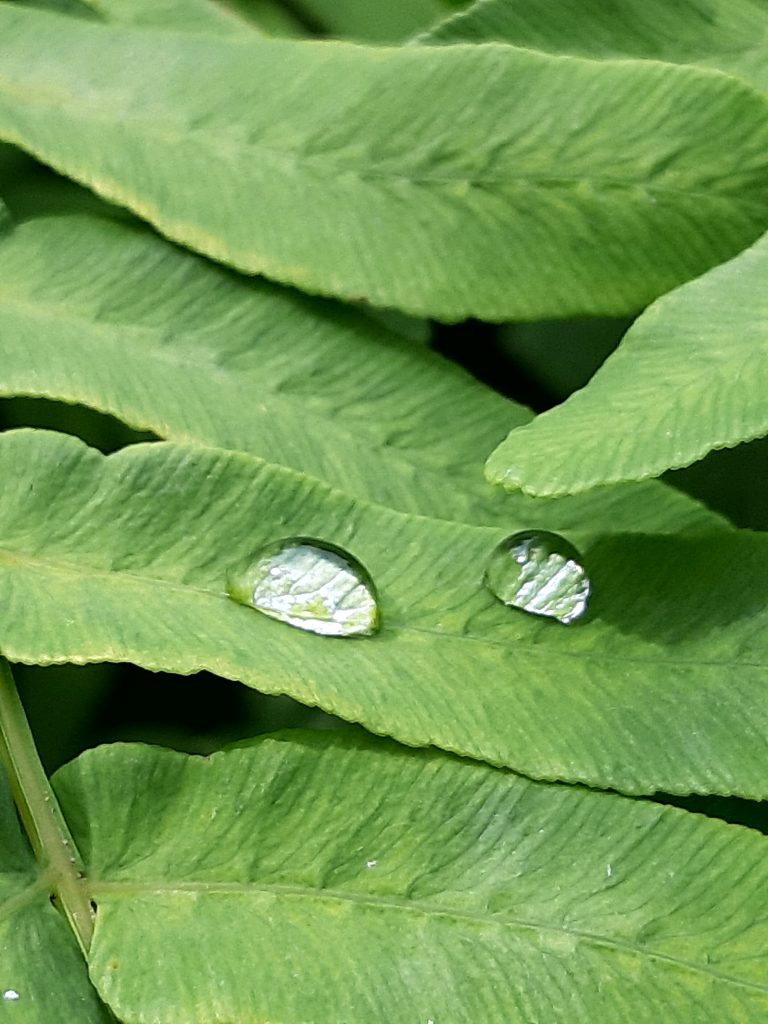
Analogy is the most straightforward way to effectively use a visual aid. It draws on someone’s prior learning to emphasise the point you wish to make. This approach has the advantage of being controllable and clear in a simple application. Something familiar is used to help sense something other.
The effectiveness of this activity can be reduced if it has been seen many times before. This narrow focus is most suitable for reinforcing a message which has already been accepted by the participants, rather than to encourage them to explore and discover new interpretations. It links with ritual behaviour. Normalising the use of visual aids can increase spiritual literacy , particularly if it encourages people to look for further analogies.
Literary approach to prayer #SensingMeaningfulness
A strong motivate for building schools with every kirk in Scotland was to give people the ability to interpret scripture for themselves. This is a very rational and intellectual approach, and this has contributed to the society we experience today. Often, however, this approach has shaped bible studies and reduced them to a format similar to an English interpretation exercise as taught in schools. In this approach pictures are often used to attract attention and break up an otherwise overwhelming amount of text.
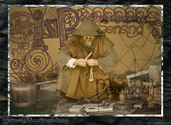
There are ways to build on this bookish foundation, and smartphones give access to resources to continue the work of the school builders and help make scripture accessible at different ability levels. A concordance or online bible search can be used to seek out texts and other sources which explore and interpret the references to water that contribute to the traditions we have inherited. Having understood a greater range of meanings associated with the phrase “living water”, this can then inform a persons prayer.
